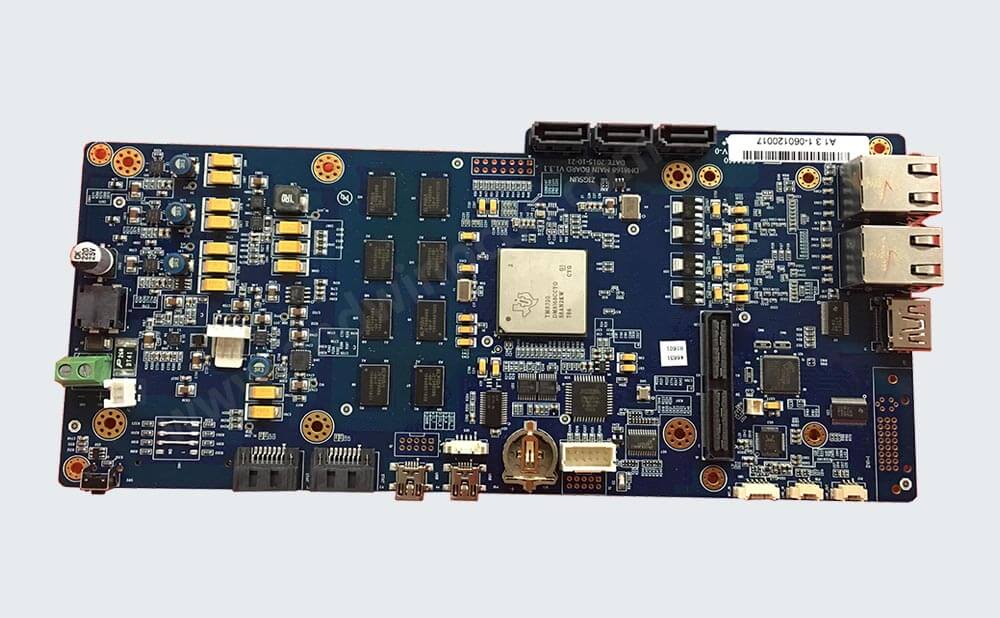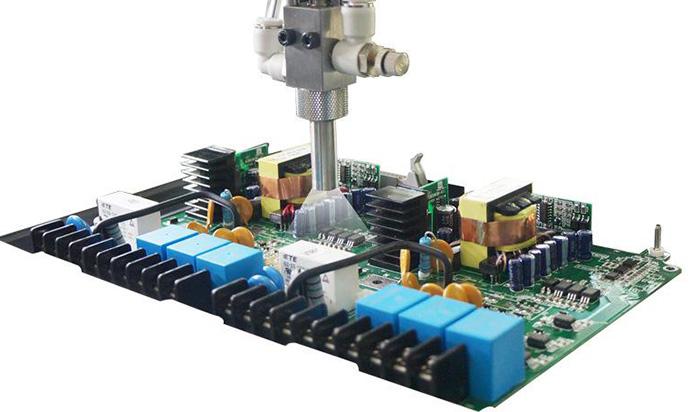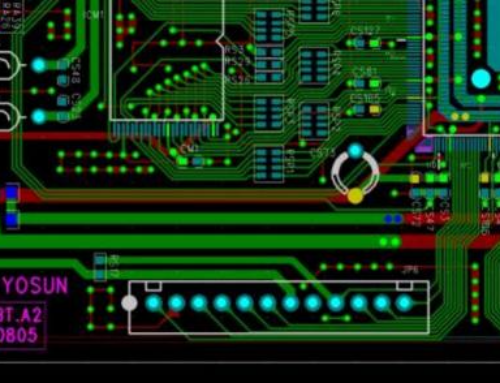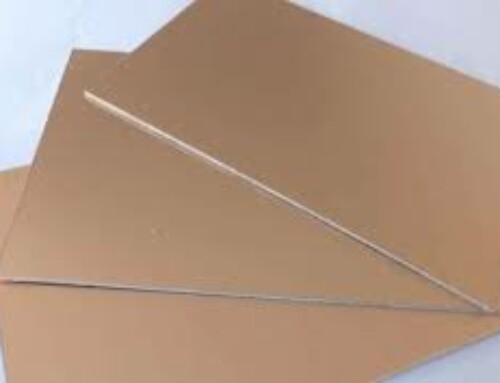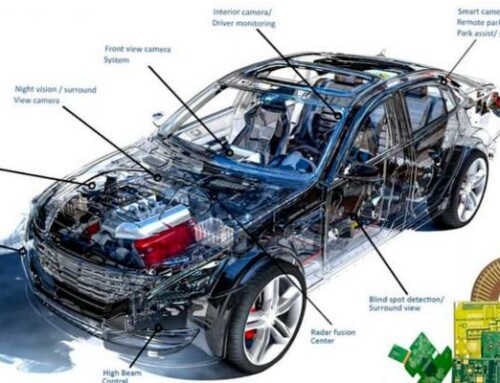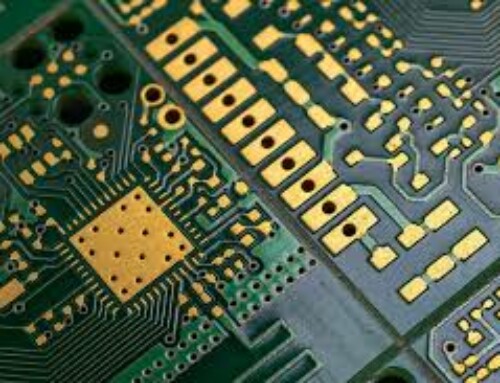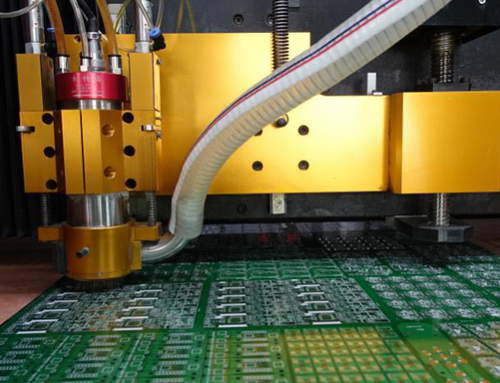PCB Sub Assembly: A Comprehensive Guide
Printed Circuit Board (PCB) sub assembly is an important process in the manufacturing of
electronic devices. It involves the assembly of electronic components onto a PCB board,
which is then integrated into a larger electronic device. PCB sub assembly is a crucial
step in the production of electronic devices, as it ensures that the device functions
properly and meets the required specifications.
In this article, we will discuss the different aspects of PCB sub assembly, including the
process, components, and benefits.
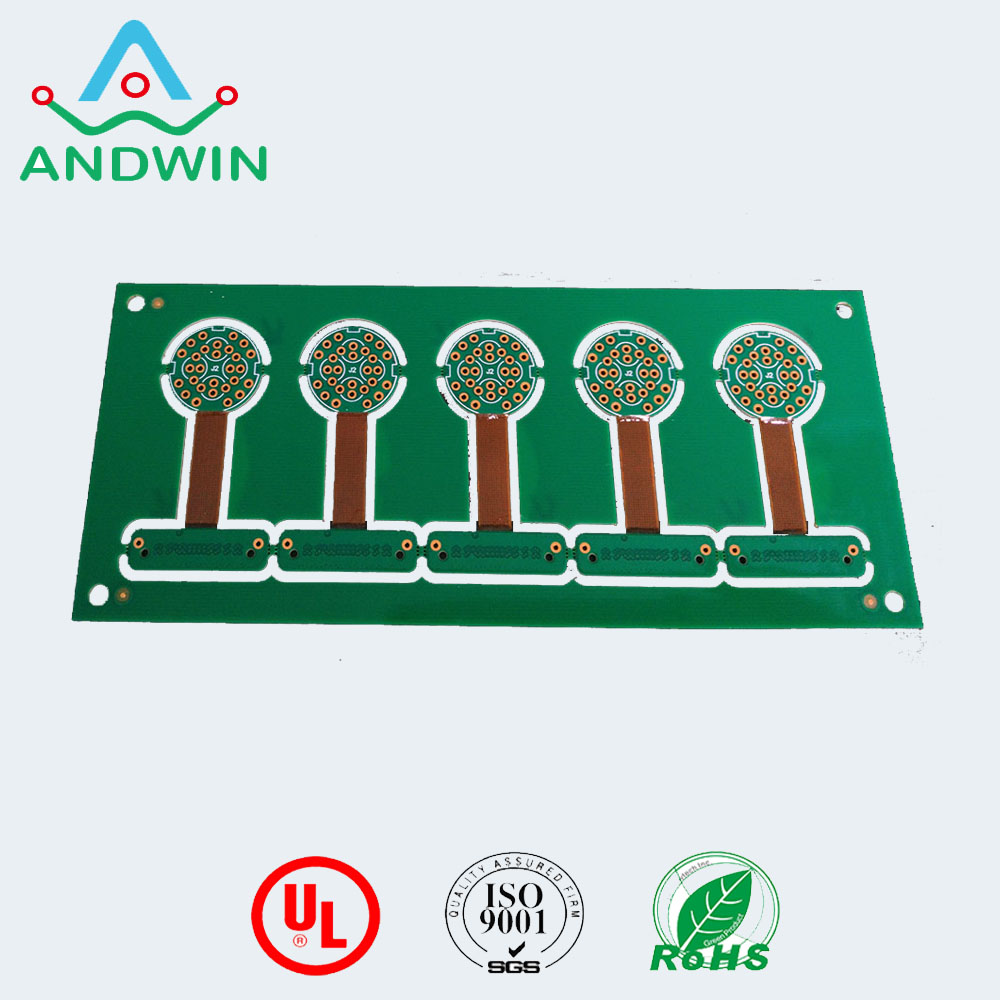
Process of PCB Sub Assembly
The process of PCB sub assembly involves the following steps:
1. Soldering: The first step in PCB sub assembly is soldering. Soldering is the process of
joining two metal surfaces using a heated soldering iron and a solder wire. In PCB sub
assembly, the electronic components are soldered onto the PCB board.
2. Inspection: After soldering, the PCB board is inspected to ensure that all the
components are properly soldered and that there are no defects.
3. Testing: Once the inspection is complete, the PCB board is tested to ensure that it
functions properly. Testing involves applying power to the board and checking that all the
components are working as expected.
4. Packaging: After testing, the PCB board is packaged and shipped to the next stage of the
manufacturing process.
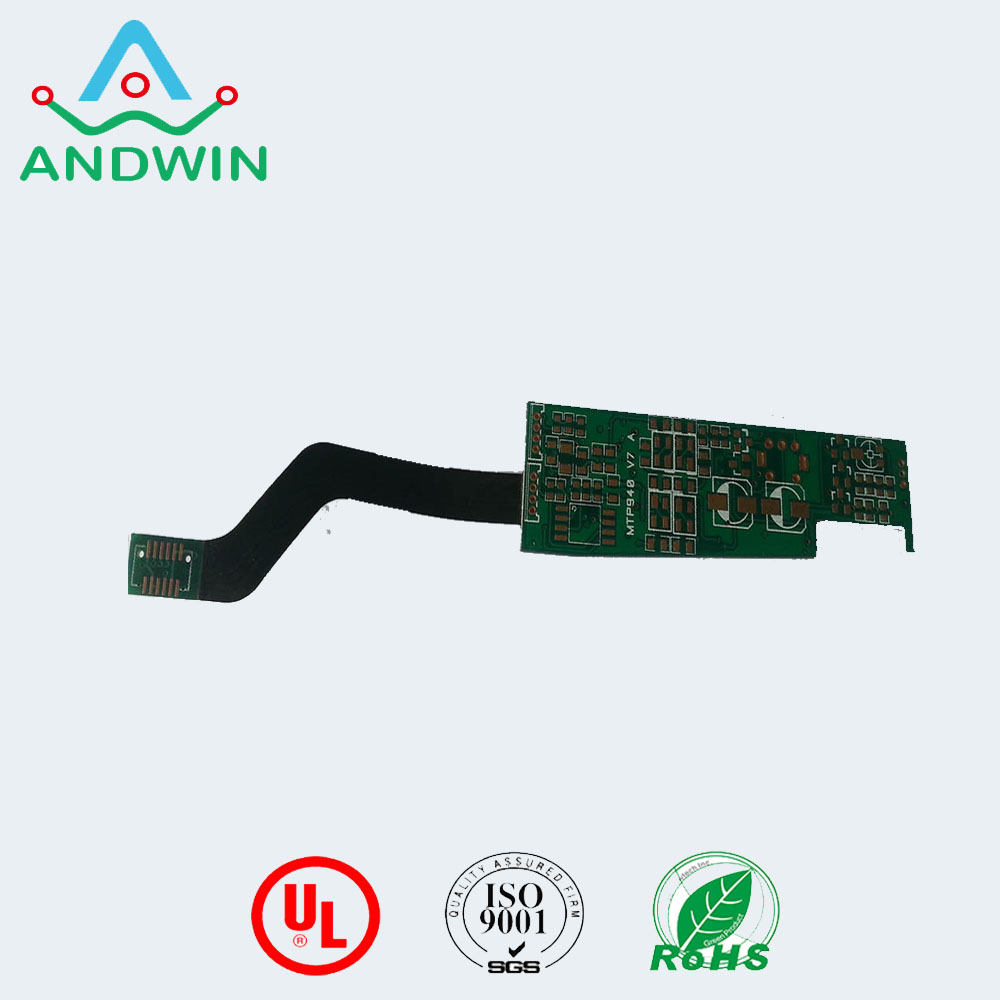
Components of PCB Sub Assembly
The components of PCB sub assembly include the following:
1. PCB Board: The PCB board is the foundation of the electronic device. It is a flat board
made of insulating material, such as fiberglass, with conductive pathways etched onto its
surface.
2. Electronic Components: The electronic components are the parts that make up the
electronic device. They include resistors, capacitors, diodes, transistors, and integrated
circuits.
3. Solder: Solder is a metal alloy that is used to join the electronic components to the
PCB board.
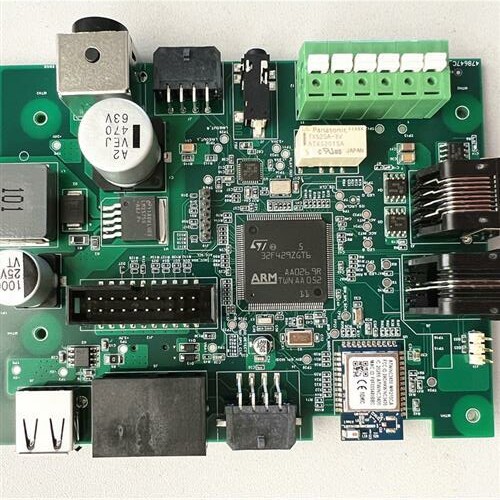
Benefits of PCB Sub Assembly
The benefits of PCB sub assembly include the following:
1. Quality Control: PCB sub assembly ensures that the electronic device functions properly
and meets the required specifications. This is achieved through the inspection and testing
of the PCB board.
2. Cost Savings: PCB sub assembly can result in cost savings, as it allows for the
efficient assembly of electronic components onto a PCB board.
3. Time Savings: PCB sub assembly can save time, as it eliminates the need for manual
assembly of electronic components onto a PCB board.
4. Customization: PCB sub assembly allows for the customization of electronic devices, as
different electronic components can be used to meet the specific requirements of the
device.
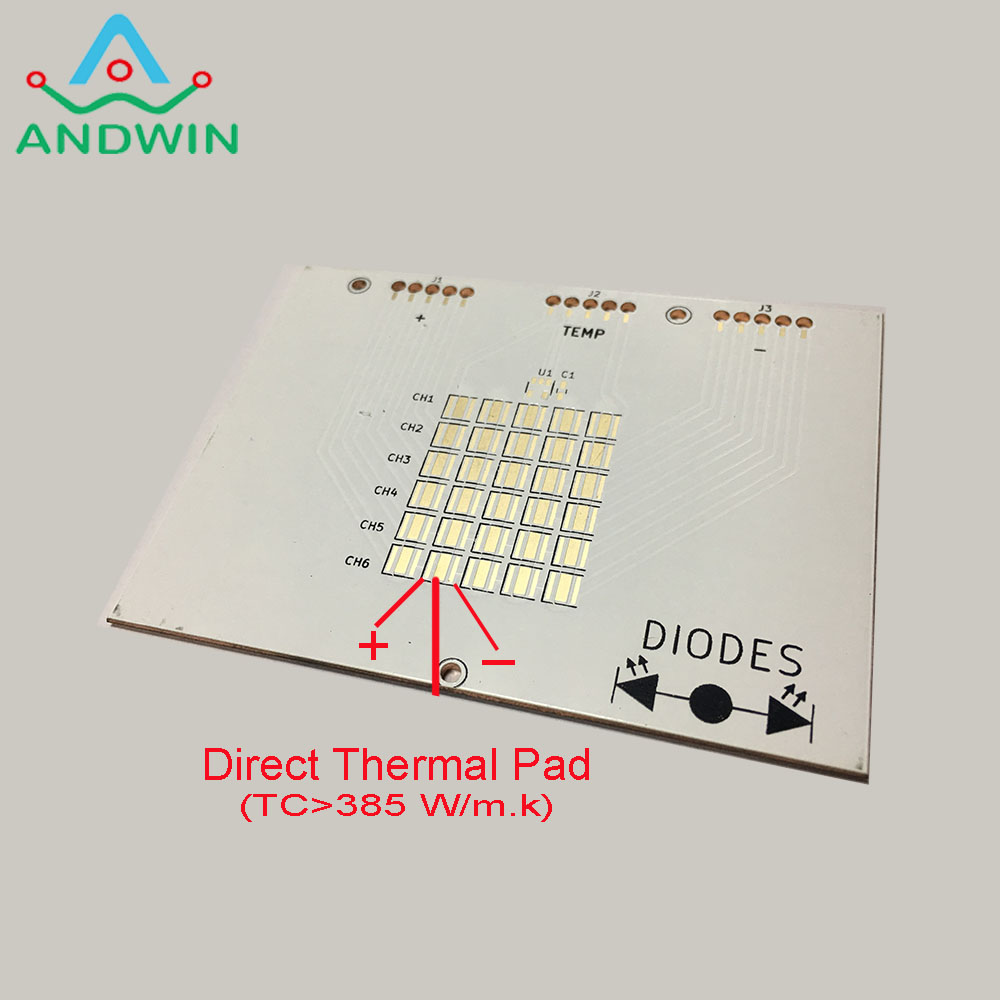
Conclusion
In conclusion, PCB sub assembly is an important process in the manufacturing of electronic
devices. It involves the assembly of electronic components onto a PCB board, which is then
integrated into a larger electronic device. PCB sub assembly ensures that the electronic
device functions properly and meets the required specifications. It can result in cost and
time savings, as well as allow for the customization of electronic devices.
Other PCB products, you may interesting




